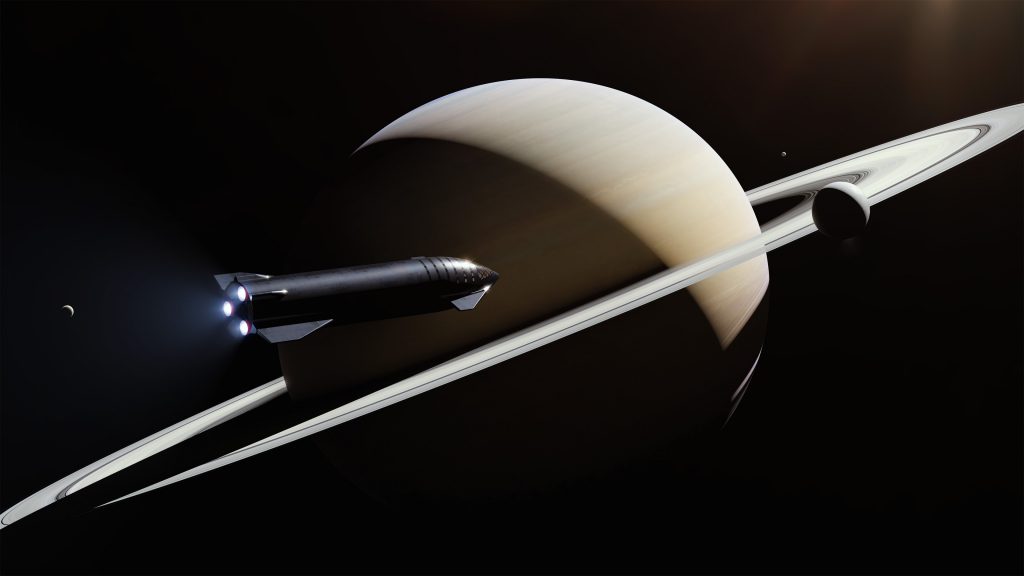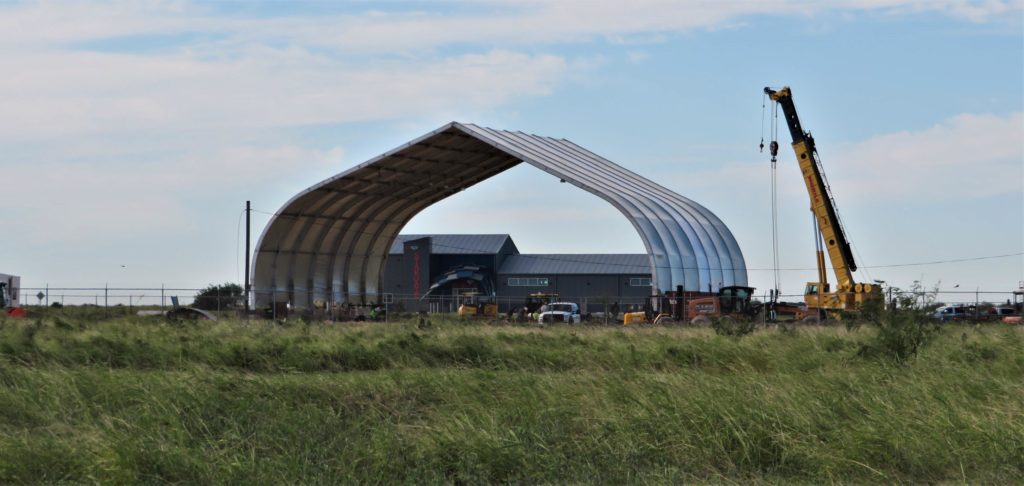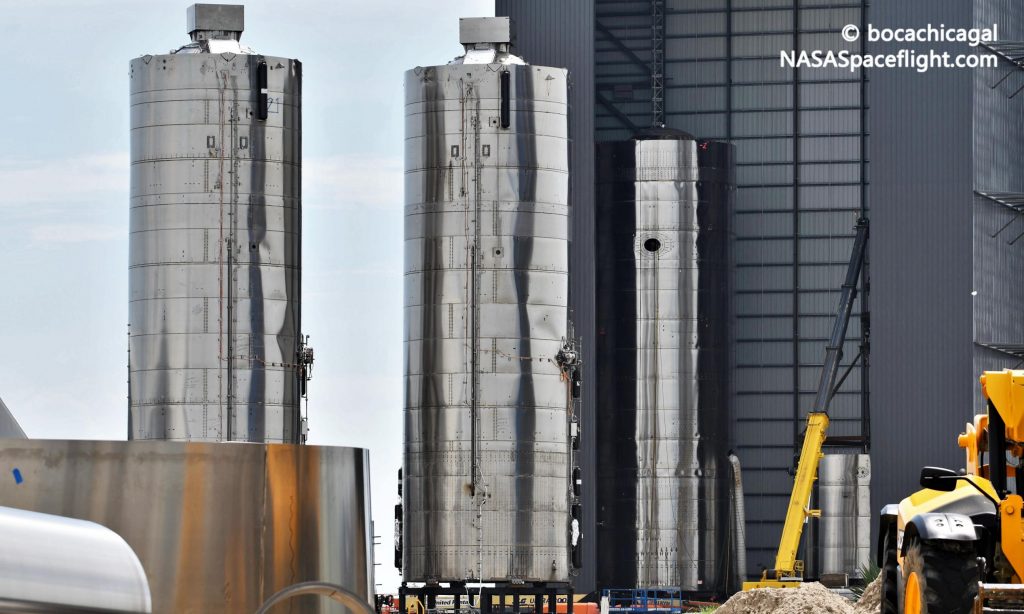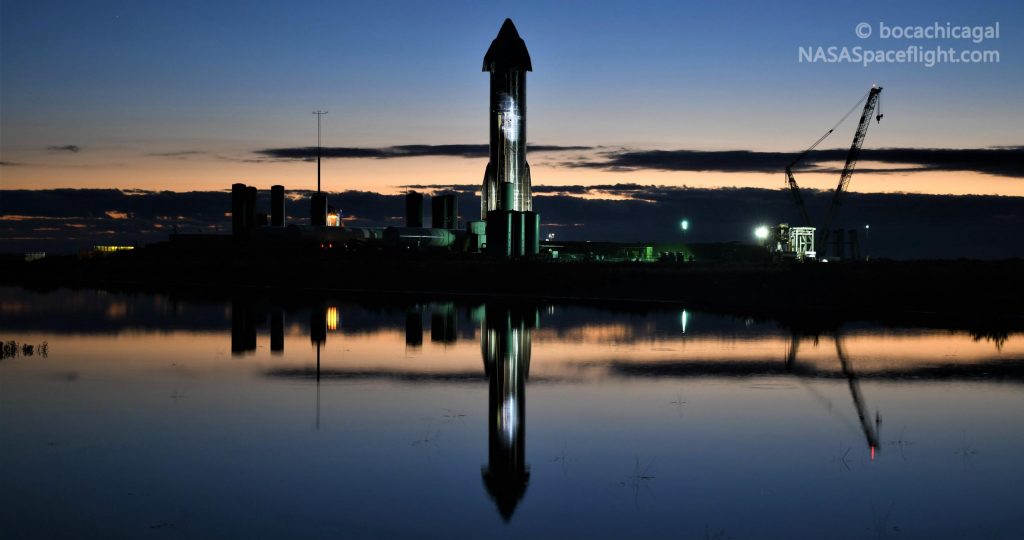CEO Elon Musk says that he is “highly confident” that SpaceX will be ready to attempt its first crewed Starship mission to Mars as soon as 2026 – almost exactly six years from now.
Made as part of an interview at the 2020 Axel Springer Awards show in Germany, Musk’s latest comments represent a marked move towards optimism and confidence about the progress SpaceX is making with its Starship program. Effectively designed to make SpaceX’s existing Falcon 9 and Falcon Heavy rockets redundant, Starship aims to be the first fully-reusable orbital launch vehicle in the world, capable of placing 100+ metric tons (~220,000 lb) of cargo into low Earth orbit (LEO) at a cost of just a few million dollars per launch.
If that extraordinarily low launch cost can be realized, SpaceX will be able to affordably refuel Starships in orbit to give them the performance necessary to send and land 100 metric tons or more to the Moon and Mars.
With routine orbital refueling, Starship would be able to deliver a previously inconceivable volume of cargo to other moons and planets in the solar system. With enough Starships, Super Heavy boosters, and launch pads, the launch system could feasibly enable a large, sustainable human population on Mars and Earth’s moon, as well as unprecedentedly ambitious robotic missions almost anywhere short of deep interstellar space.


Impressively, as CNBC reporter Michael Sheetz first noted, Musk already floated 2026 as a possible target for SpaceX’s first crewed Mars launch during his inaugural presentation on the subject back in September 2016. While in absolutely no way an intentional result, the CEO appears to still believe – and now more confidently than ever – that 2026 is a viable target despite several huge hurdles and drastic Starship redesigns over the last four years.
Back in 2016, the rocket Musk unveiled was known as the Interplanetary Transport System (ITS), was to be built entirely out of advanced carbon fiber composites, and would have been the largest launch vehicle ever built by a large margin, standing 122m (~400 ft) tall with a diameter of 12m (~40 ft). That diameter quickly shrank to 9m (~30 ft) in 2017, while the rocket’s height also dropped before nearly rebounding – ironically – to 120m with the latest Starship iteration.
The most radical change, however, came just two years ago when Musk revealed that he was canceling work on a carbon composite Starship in favor of a design built almost entirely out of steel.






To be clear, SpaceX has a vast number of problems to solve and milestones to cross before Starship can be considered anywhere close to ready to launch humans at all, let alone launch and land humans on Mars and serve as a safe habitat for years. However, given that SpaceX has gone from paper to a steel rocket factory and (almost) multi-engine, high-altitude Starship flight tests in ~24 months, it’s not impossible to imagine the rocket being ready for crewed deep spaceflight another ~48 months from now.



